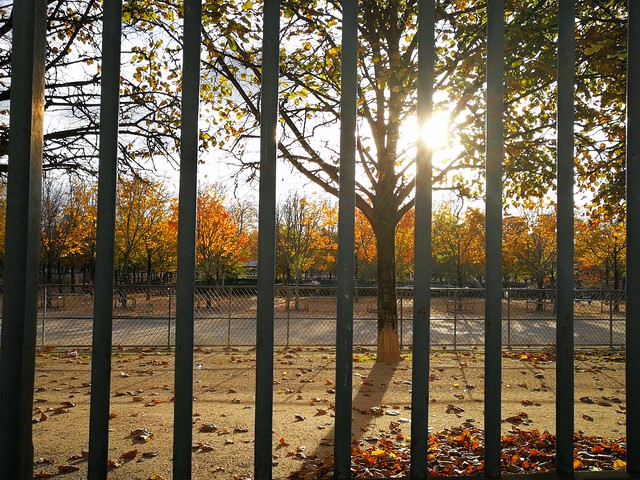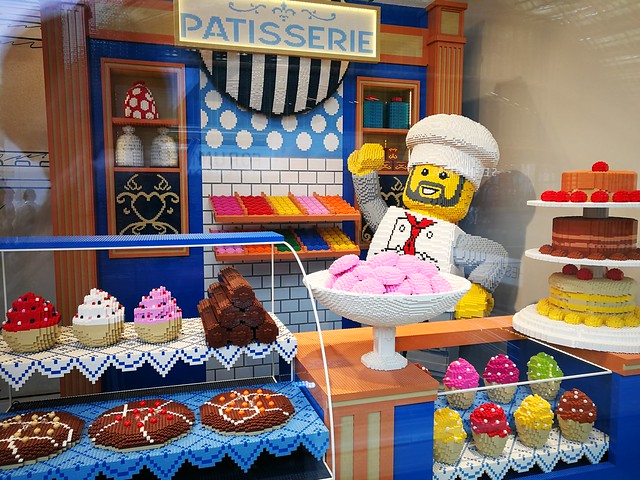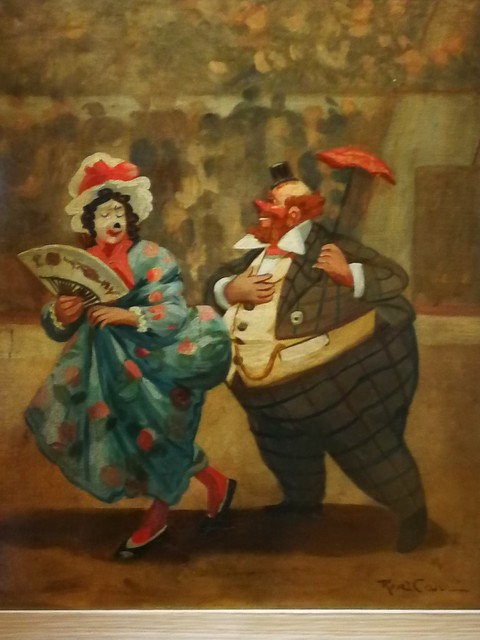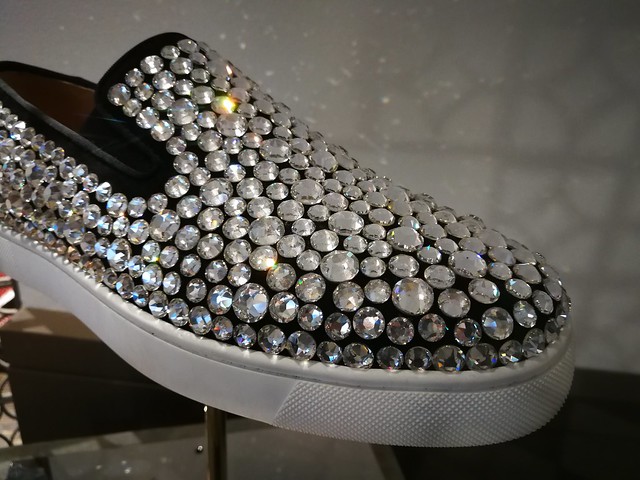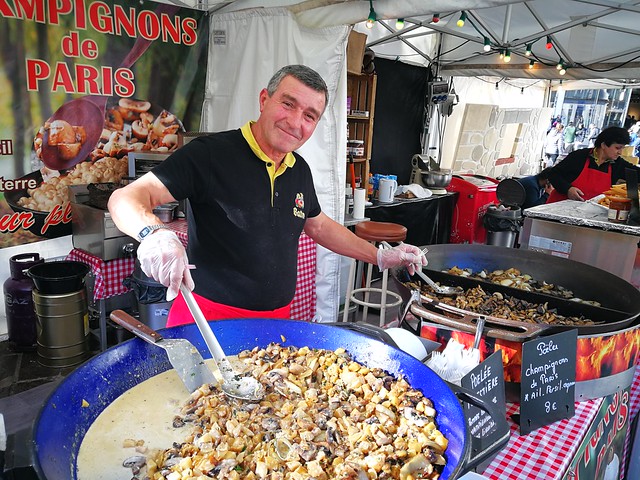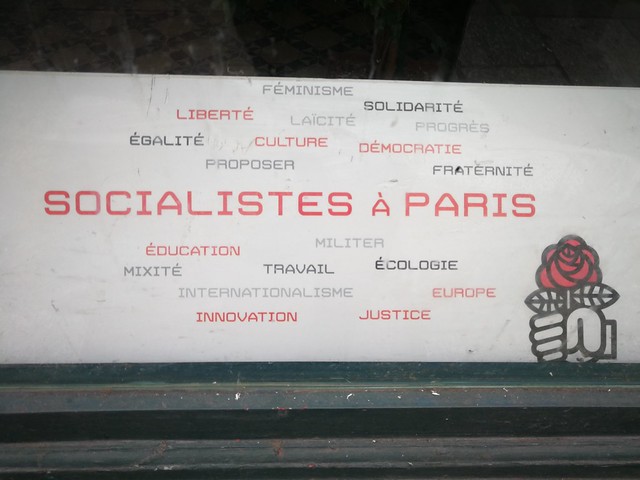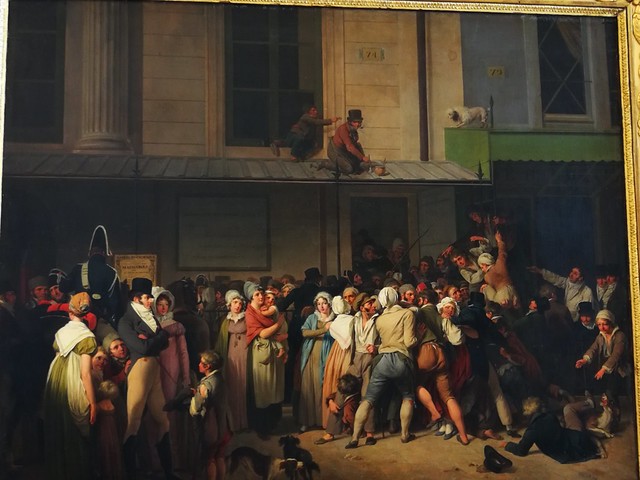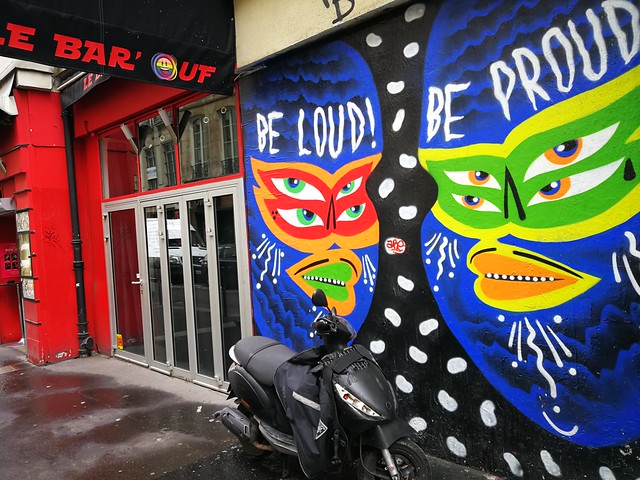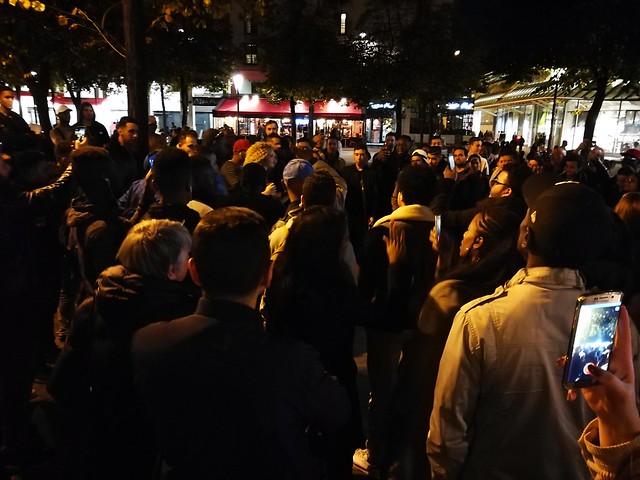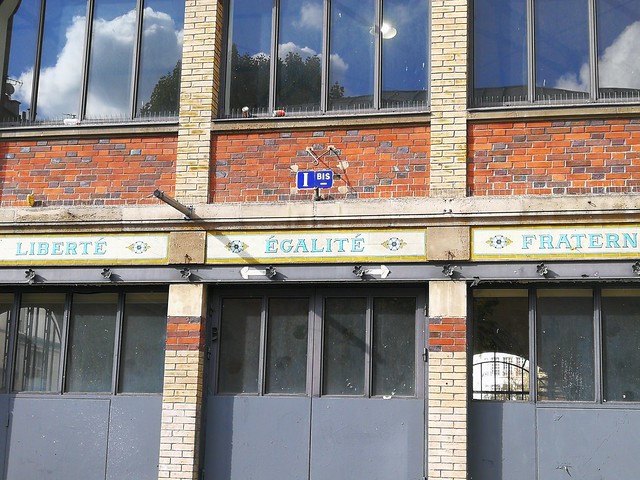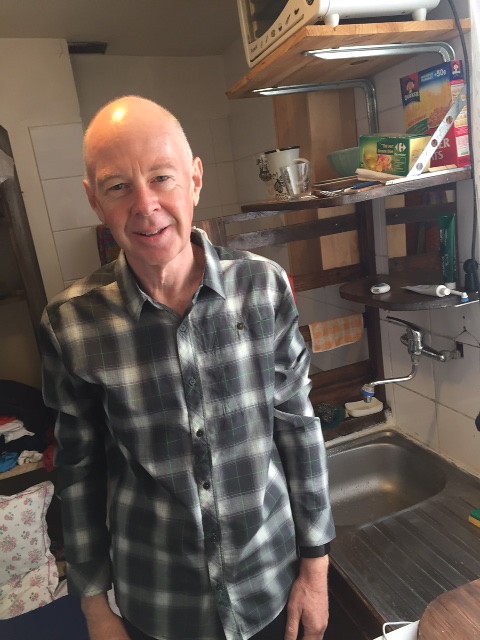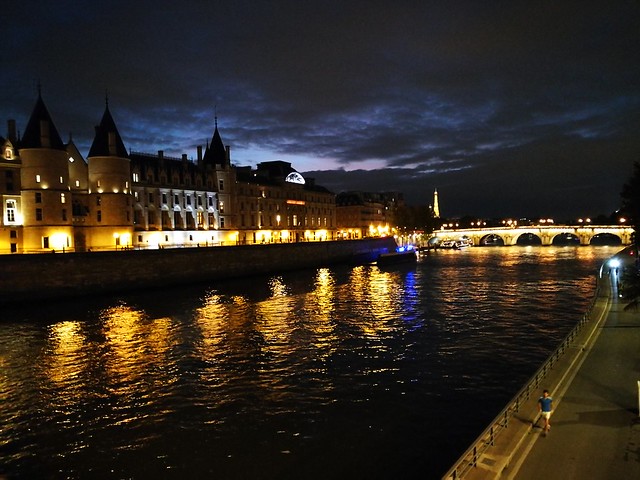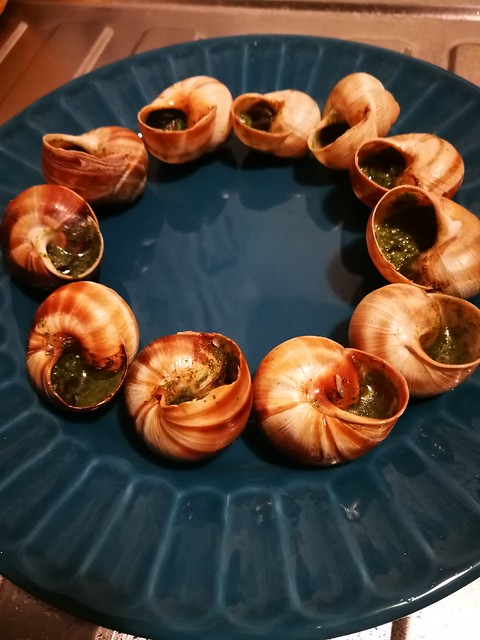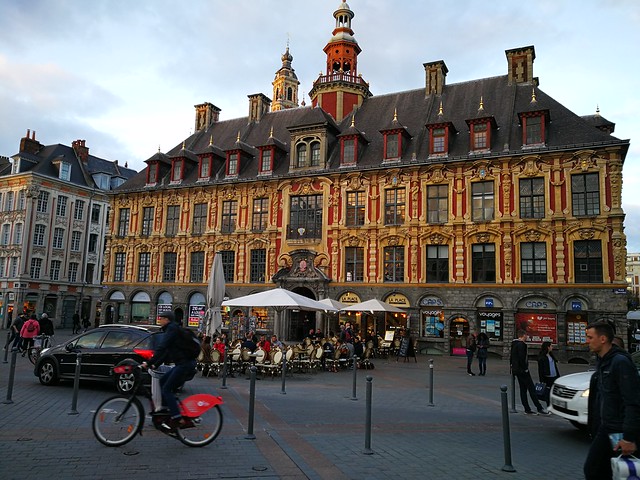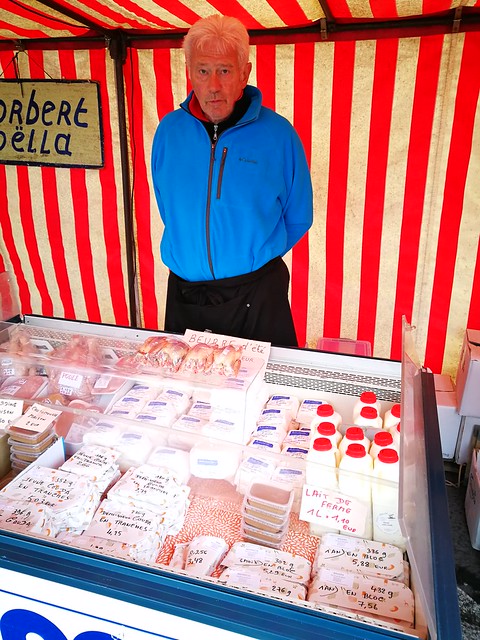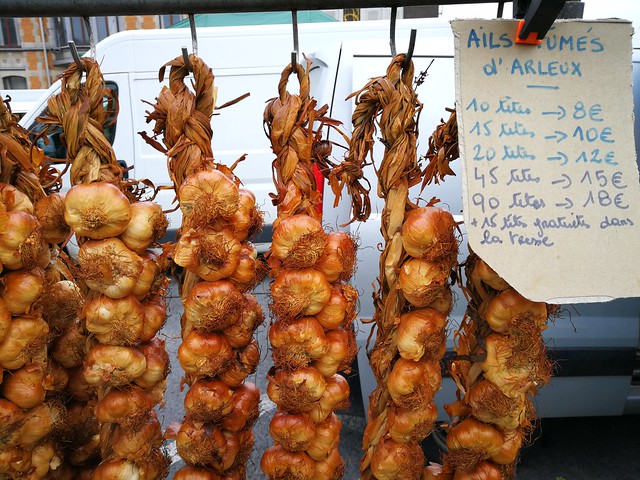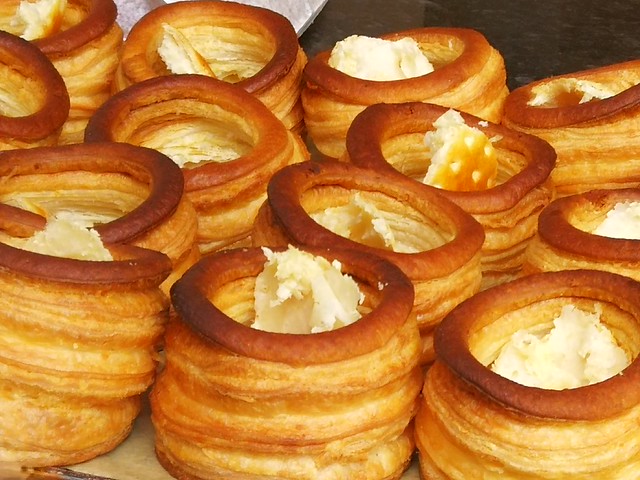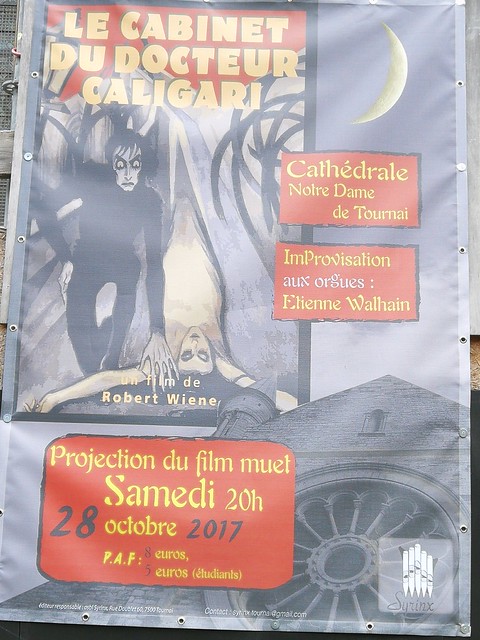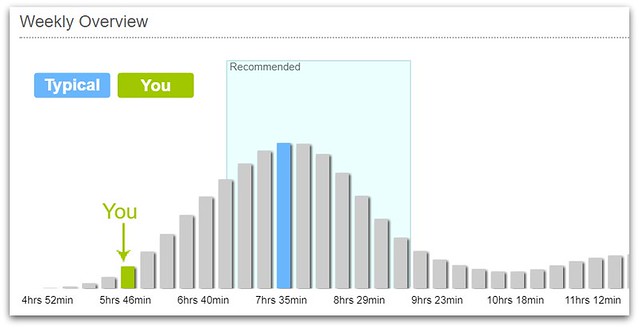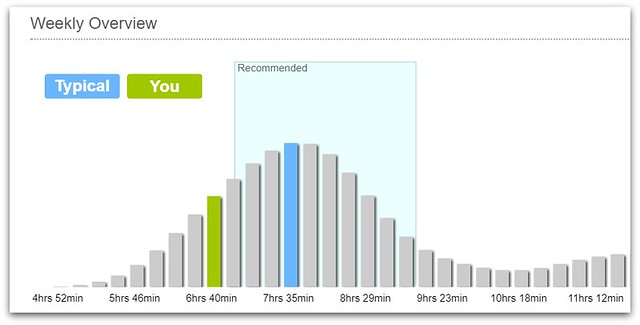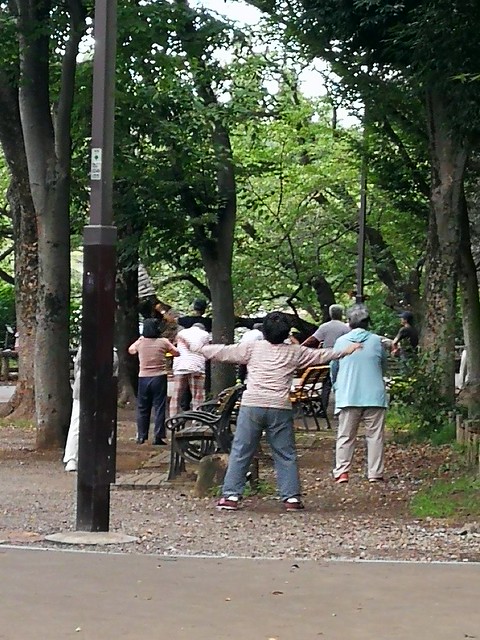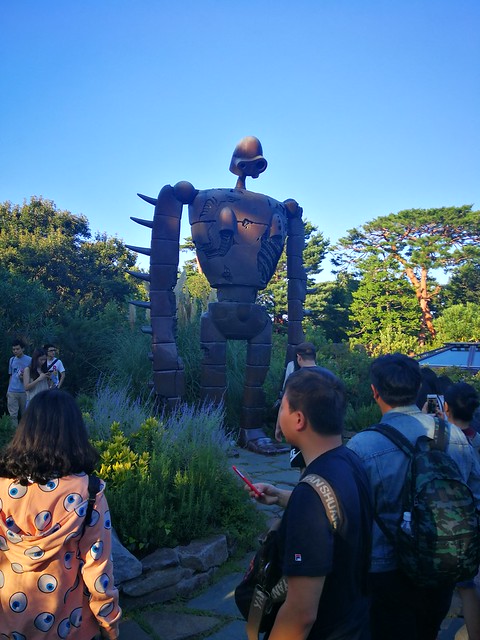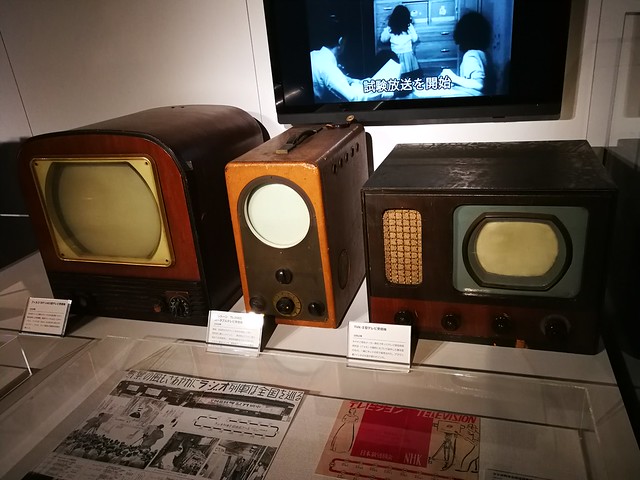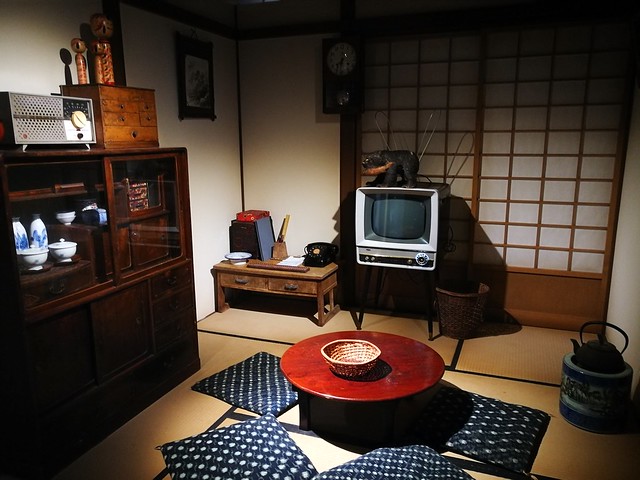I spent the summer of 1983-84 in the Philippines. During this time I fell in love with the Philippines and its people and felt ashamed to be Australian.
I can't remember exactly why I was ashamed, but I think it had something to do with Australia's misplaced sense of superiority in South East Asia. It was the era in which Singapore's prime minister Lee Kuan Yew felt he had to warn Australians that we were in danger of becoming the 'white trash' of Asia.
I decided that I did not like the Australian accent because it reflected this ugliness, which we ourselves did not seem to be aware of.
Not entirely tongue in cheek, I worked to modify my spoken English. I wanted a neutral accent that would ensure I was not immediately recognisable as Australian. When overseas these days, I still get told that I don't sound Australian.
After three and a half decades, my shame is not what it was. But I am keenly aware that every week there are new reasons for me to feel even more ashamed. A few days ago it was news of the planned overhaul of Australia's national security laws that could lead to journalists being jailed for doing their jobs.
Indeed if there is such a thing as an international shame index, Australia would have to be much more prominent today than it was in the 1980s. We are punching below our weight in so many areas. Examples include the promotion of human rights and acting to mitigate the effects of climate change.
I tell myself that Australia is a work in progress and that for every step backwards there is arguably a step forward.
We had Paul Keating's 1994 Redfern speech on the treatment of Indigenous Australians, which was broadly accepted by the general population. It gave us a lasting sense of national contrition that led to the 2008 Apology.
Now we have genuine and widespread criticism of the Australia Day celebration as inappropriate because it represents invasion and the beginning of annihilation for the first Australians. The celebration is on the nose to the extent that the online advertising and marketing website Mumbrella is warning brands that they should not risk damage by endorsing Australia Day.
I'm not against Australia Day, as long as it evolves to include an element of contrition alongside the self-congratulation. Shame is not a bad thing, to the extent that it acts as a reality check. And it could even bring the nation together.
